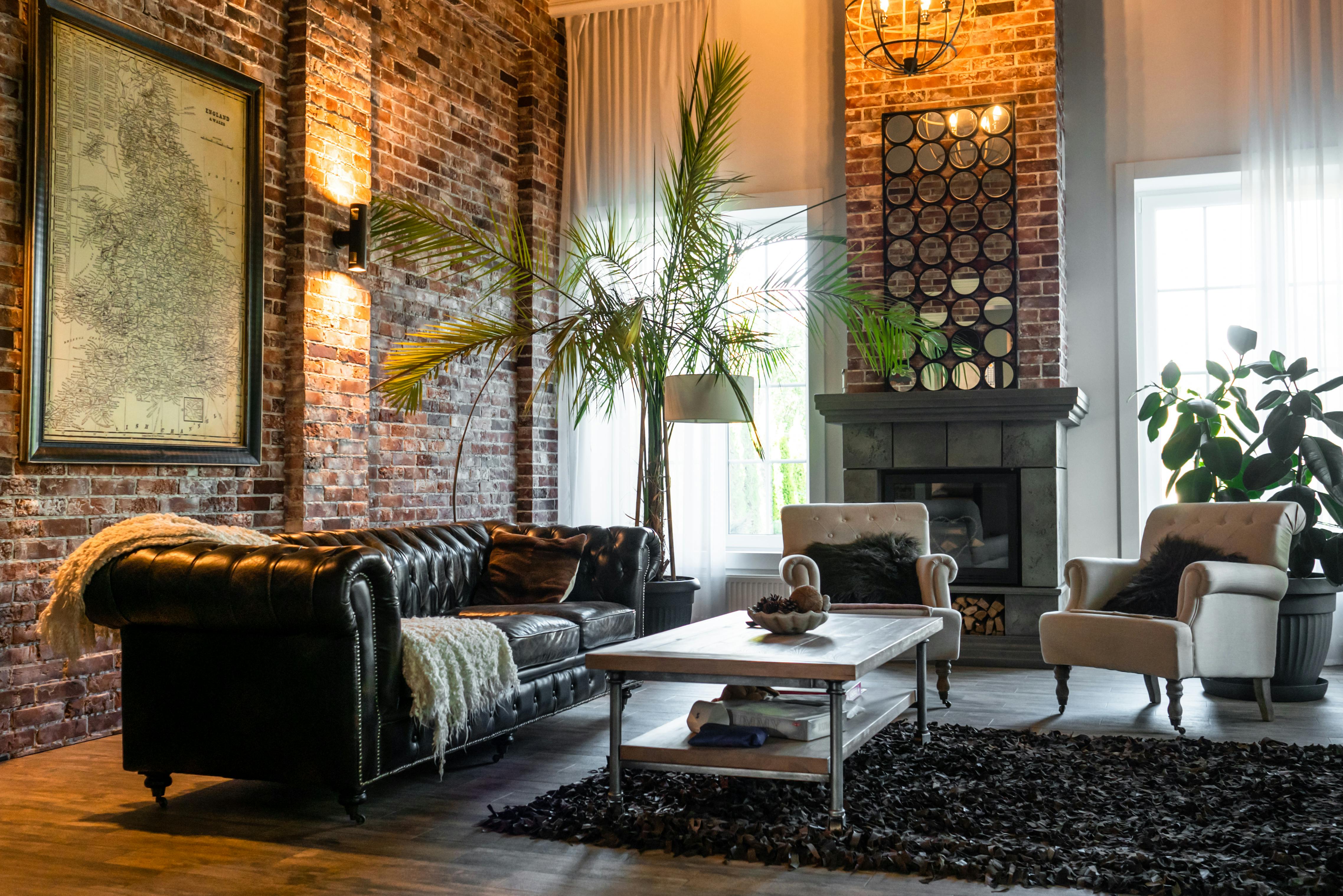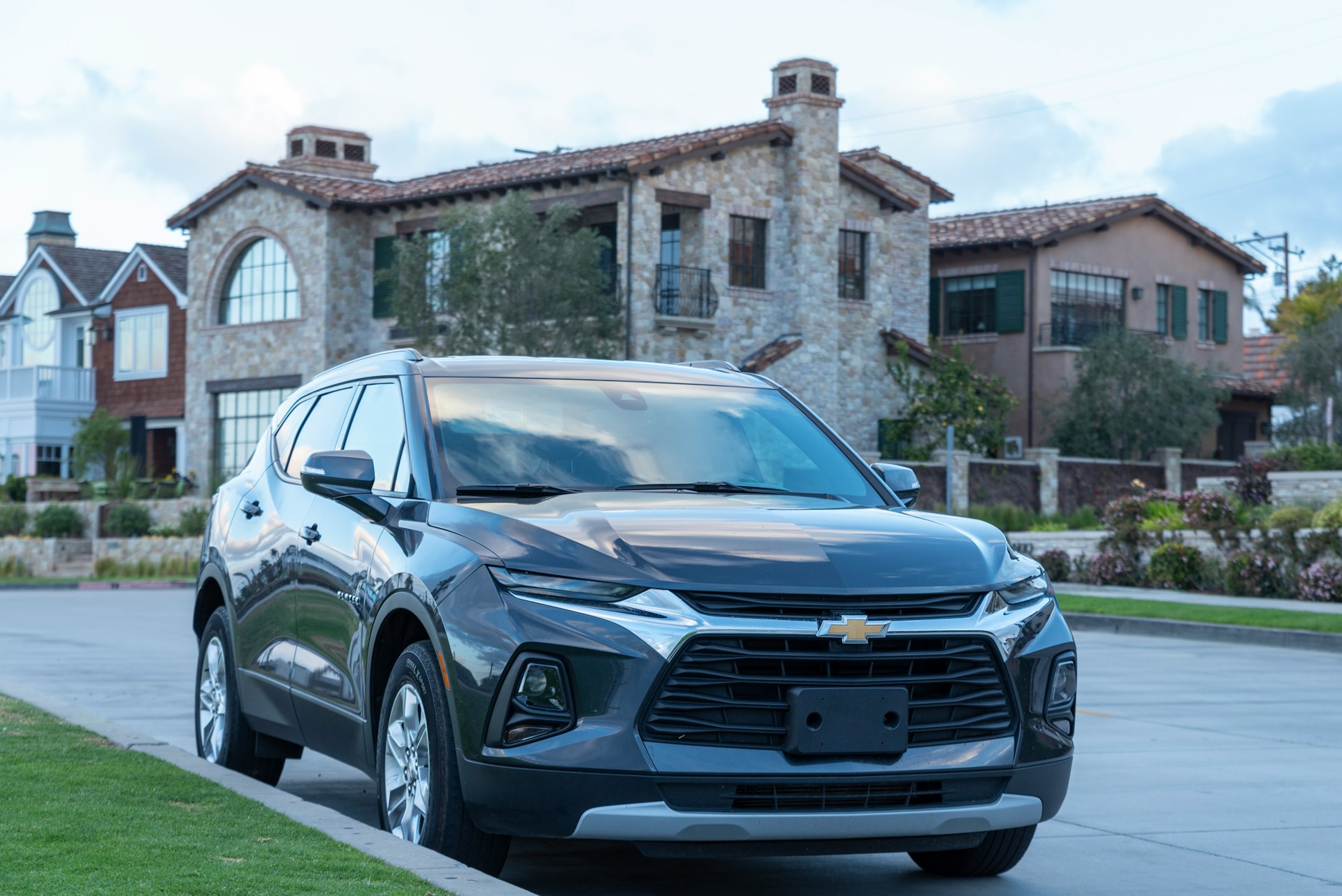"The Invasion of Industrial Design into Urban Homes: A Modern Marvel"
Introduction: Industrial design has been creeping into the urban living spaces, transforming them into modern marvels. This unorthodox blend of exposed pipes, raw woods, and stark metals is reshaping our homes and redefining the future of interior design. Let's delve into the world of industrial design and its evolution, from the gritty factories to the chic urban homes.

The Genesis of Industrial Design
Industrial design has a rich and fascinating history. Born during the Industrial Revolution in the 18th century, it was inspired by the raw aesthetics of factories and warehouses. Its signature elements—exposed brick, raw wood, and visible pipes—were more a necessity than a style. However, as the 20th century arrived, people started embracing this rough, unpolished style, transforming it into a unique interior design trend.
The Modern Industrial Style
The modern industrial style is all about celebrating the raw and the rustic. It’s about revealing the building’s bones and showcasing its naked beauty. This style features exposed beams, brick walls, concrete floors, and visible ductwork. But it’s not just about the raw elements—it also incorporates sleek metals, polished woods, and clean lines to strike the perfect balance between rugged and refined.
Practicality and Market Trends
Industrial design is not just about aesthetics—it is also incredibly practical. It allows homeowners to convert old, unused spaces—like warehouses, factories, and barns—into stunning living areas. This has led to a surge in demand for industrial-style homes, especially in urban areas where space is a premium. The industrial design has also become a popular choice for loft apartments, restaurants, and cafes.
Enhancing Daily Living
Aside from its aesthetic appeal and practicality, the industrial design also enhances daily living. Its open-concept layout encourages a free flow of light, air, and energy, creating a spacious and comfortable living environment. The raw elements also add a unique character and charm to the space, evoking a sense of nostalgia and authenticity. Furthermore, the fusion of different materials—like wood, metal, and concrete—adds depth and texture to the interiors, stimulating the senses and making the home more lively and dynamic.
The Future of Industrial Design
As we move towards a more urbanized world, the industrial design trend is expected to grow even further. Homeowners are now more open to experimental designs and unconventional materials, carving a bright future for the industrial design. Moreover, with the growing emphasis on sustainability, the reuse of old industrial spaces aligns with the ethos of recycling and conservation, making industrial design not just a design trend, but also a sustainable living practice.
In conclusion, the industrial design trend is a perfect blend of the past and the future, the rough and the refined, the practical and the aesthetic. It’s about celebrating the beauty of raw materials and embracing the charm of the unconventional. And as it continues to invade our urban homes, it’s clear that the industrial design trend is here to stay.





